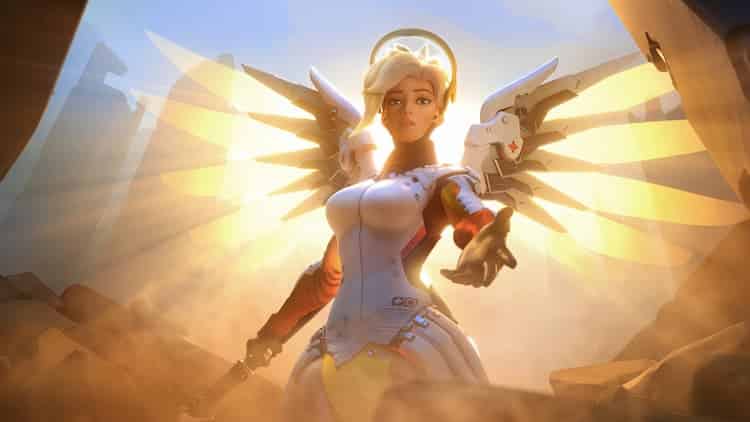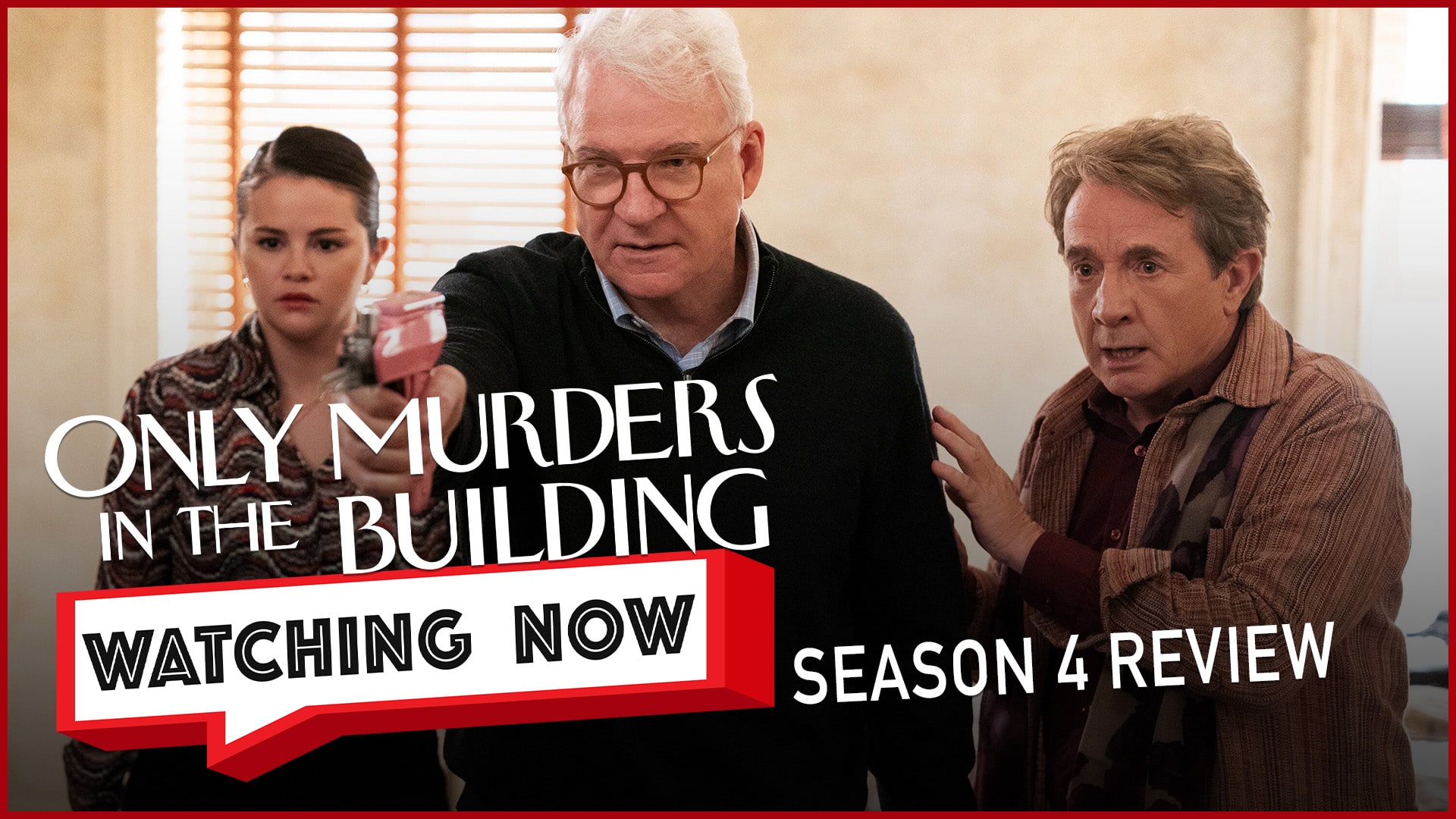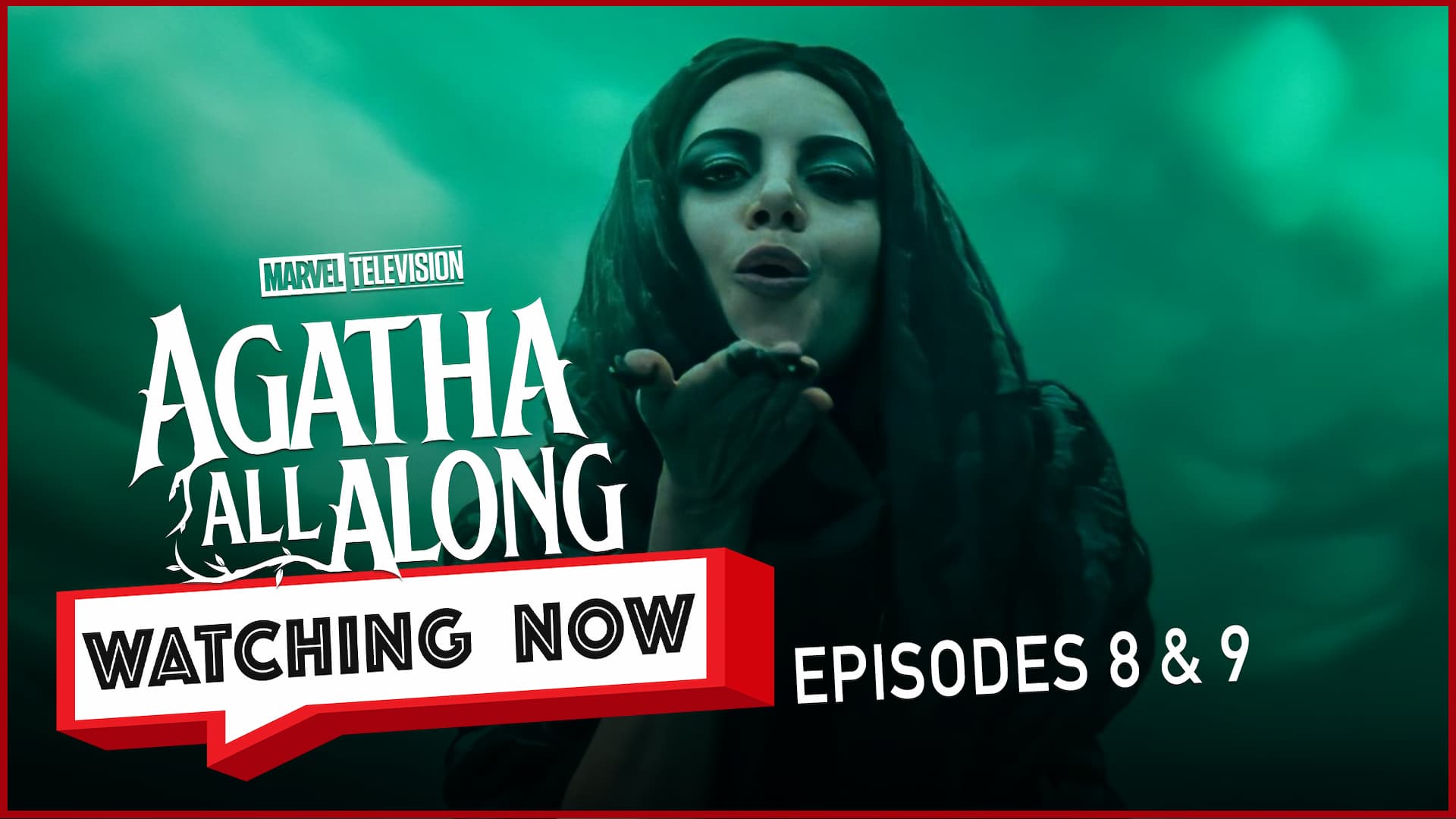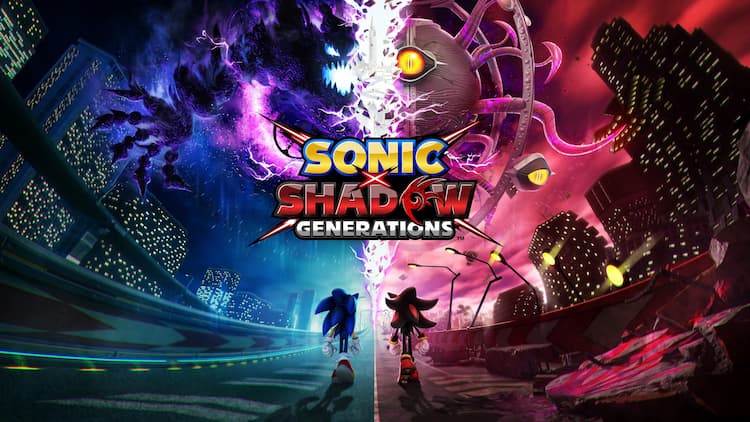
Welcome back to the second part of CouchSoup’s Overwatch 2 support guide! In the last article, we learned the best way to play the game’s main healers: Moira, Ana, Baptiste, and Kiriko.
The common trait shared by main healers is that they are very good at keeping their teammates – and themselves – alive during a team fight. As such, they should be primarily focused on healing and only doing damage when a good opportunity arises.
This isn’t the case for flex healers, which are the supports we’ll be discussing in-depth in this article.
Flex healers don’t put out quite as much healing as a main healer can, but their kits usually contain abilities that “enable” their team. Flex healers usually have a method of enhancing their teammates’ speed or damage, allowing them to end a fight faster (and justifying the lower healing output).
With that out of the way, now we can talk about the role each flex healer fulfills and how they can be a viable pick for their team…
The Flex Healers of Overwatch 2

Mercy might be the poster child medic and one of the most memorable faces of Overwatch, but she’s not even close to being the best healer on the roster.
During season 3, Mercy’s Caduceus staff would heal teammates more quickly if they were under 50% health; this will no longer be the case in season 4. Instead, the staff returns to a static healing rate, with Mercy providing 55 healing per second.
This rate of healing isn’t particularly strong, especially with the speed at which an Overwatch 2 match unfolds. It can save your DPS or your 2nd support player in a pinch, but realistically, healing is not your primary job. If you have a high yellow beam uptime, you won’t have much impact on the game.
Mercy’s real value comes from her ability to resurrect teammates and amplify damage with her blue beam.
The resurrection is on a 30-second timer and nearly immobilizes Mercy during the cast time, so it’s important to make a split-second consideration if a particular rez is worthwhile, but the ability is incredibly powerful – it can have the same impact on a fight that another hero’s ult might.
The blue beam amplifies damage by a staggering 30%. This can help heroes like Soldier: 76 really burn into an enemy’s health pool, making them far more viable in the current state of the game. More importantly, it helps a lot of the heavy-hitting DPS heroes hit their “damage breakpoints,” where they can nearly one-shot an enemy.
To put this in perspective, Mercy’s blue beam will make a Sojourn’s fully charged headshot do a staggering 253 damage, instantly eliminating any hero that isn’t a tank. It can also make a fully-charged Hanzo body shot do 162 damage and a fully-charged Widowmaker body shot do 156 damage.
At that point, if your other teammates are competent, that might as well be a secured elimination. Mercy is a crucial backbone to a team’s DPS if used correctly!

Lucio is one of the easiest supports to pick up and have fun with, but the character has one of the highest skill ceilings in the game. If you like playing Lucio, then you better have fun playing on the walls – because that’s what you should be doing almost all the time.
Learning Lucio involves learning a bunch of “wall techs,” and not just the cool ones that will have you flying around the map at mach speed.
No, you’re going to need a guide that explains concepts such as hovering, bunny hopping, and a bunch of other tricks that help conserve speed because playing a good Lucio is all about being where your team needs you at the exact time you’ve become necessary.
Additionally, however, you need to learn when to play for healing and when to play for damage. You’re going to be doing a lot of bouncing between the front and backline of a team fight, providing some passive healing and ferrying teammates in and out of where they need to be.
It’s incredibly hard to know when to Crossfade between your healing and your speed boost without just getting playtime on the character, so that’s exactly what I recommend.
Finally, Lucio’s ult, Sound Barrier, is a great way to negate enemy ultimates, providing teammates with hundreds of temporary health… it’s easy to use, but make sure not to waste it! You almost never want to use this ultimate on yourself, except for in fringe cases, like when you’re contesting the objective during overtime.
Interested in playing Lucio? Exhausted the movement guide on YouTube? I’ll make a final recommendation: open Overwatch 2 and go to the custom game browser… doing the Lucio parkour courses is a great way to learn the character’s unique movement, and a lot of that skill translates to real matches as well!

Zenyatta is, luckily, a very easy character to get value out of in his current state. The 3 keys to learning this character are: have both of your orbs out every time it’s possible, position yourself well, and learn the travel time for the projectiles Zen fires.
The Orb of Harmony isn’t the most important part of Zenyatta’s kit, but it does allow him to passively heal one of his teammates for 30 health a second at any given point in time. It doesn’t do much, but passing it from teammate to teammate when needed will help the other support keep up with the incoming damage.
The Orb of Discord is one of the most busted abilities in the game. Placing this on an enemy increases the damage they take by 25%, forcing them to leave Zenyatta’s line of sight to remove the orb. This ability has no cooldown, and Zenyatta can pass it around enemies to enable his teammates to target them and laser them down.
Zen’s biggest weakness is his lack of movement abilities and his incredibly unforgiving hitbox. It takes a lot of time playing the character to learn how to play proper sightlines to keep your orbs out without getting sniped. And if the enemy team’s tank is Winston or D.Va? Your team either peels for you and saves your life, or you’re forced to swap off the character.
Zenyatta is an incredibly potent damage dealer, but you should second guess playing this support against a competent dive composition from the other team.

Brigitte is a powerful dive support, fitting right in with the Wrecking Ball meta… and she’s certainly going to see an even higher pick rate with her season 4 buffs!
Smart positioning and playing around your teammates are the keys to success, with Brig’s passive “Inspire” only affecting friendly players that are within a 20-meter radius of Brigitte. Inspire is incredibly powerful: every time Brigitte hits an enemy with her flail, she and her allies are healed for 15 health per second for 6 seconds.
Every hit Brigitte gets resets Inspire, although the healing isn’t additive. In order to keep up the healing on the team, it’s important to play cover and poke out for hits on the enemy, using Whipshot as a 70-damage, longer-distance finisher.
Part of the skill ceiling of Brig’s kit is her Shield Bash. If Brig is damage boosted or a 200 health enemy has the Discord Orb placed on them, Shield Bash can combo into a regular swing followed by a Whipshot to instantly kill an enemy. This can be huge, instantly removing a player from the fight while also triggering the Inspire healing on all nearby teammates. Remember the combo: bash, swing, whip.
But Brigitte players need to be careful – Shield Bash is also the character’s only form of mobility, and if you don’t have it when you’re retreating from a fight, you’ll oftentimes end up taking an involuntary break at the respawn screen. It’s important for Brigitte players to keep damaging enemies to get value out of their character, but that value shouldn’t come at the expense of your own life.
Finally, Brigitte’s ultimate ability is going to be absolutely monstrous in season 4, more than doubling her shield’s health, massively enlarging its size, and allowing her to stun enemies that she bashes. It’ll function as a good defensive or offensive ult and will allow Brigitte to become even more of a playmaker in a good team comp.
Last but not least…
This guide was meant to explain how to best use each flex healer in Overwatch 2, but it’s not meant to dictate your team composition in every match. Sometimes it’s best to have two main healers, sometimes it’s best to have two flex healers, and sometimes you want one of each.
As long as you’re playing a support hero to their fullest potential, it’s worth experimenting with different team combinations to see what works best for you! If you’re curious about our recommendations for main healers, click here.
Which flex healer seems the most interesting to you? Is there anything you think I got wrong? Sound off in the comments down below.



